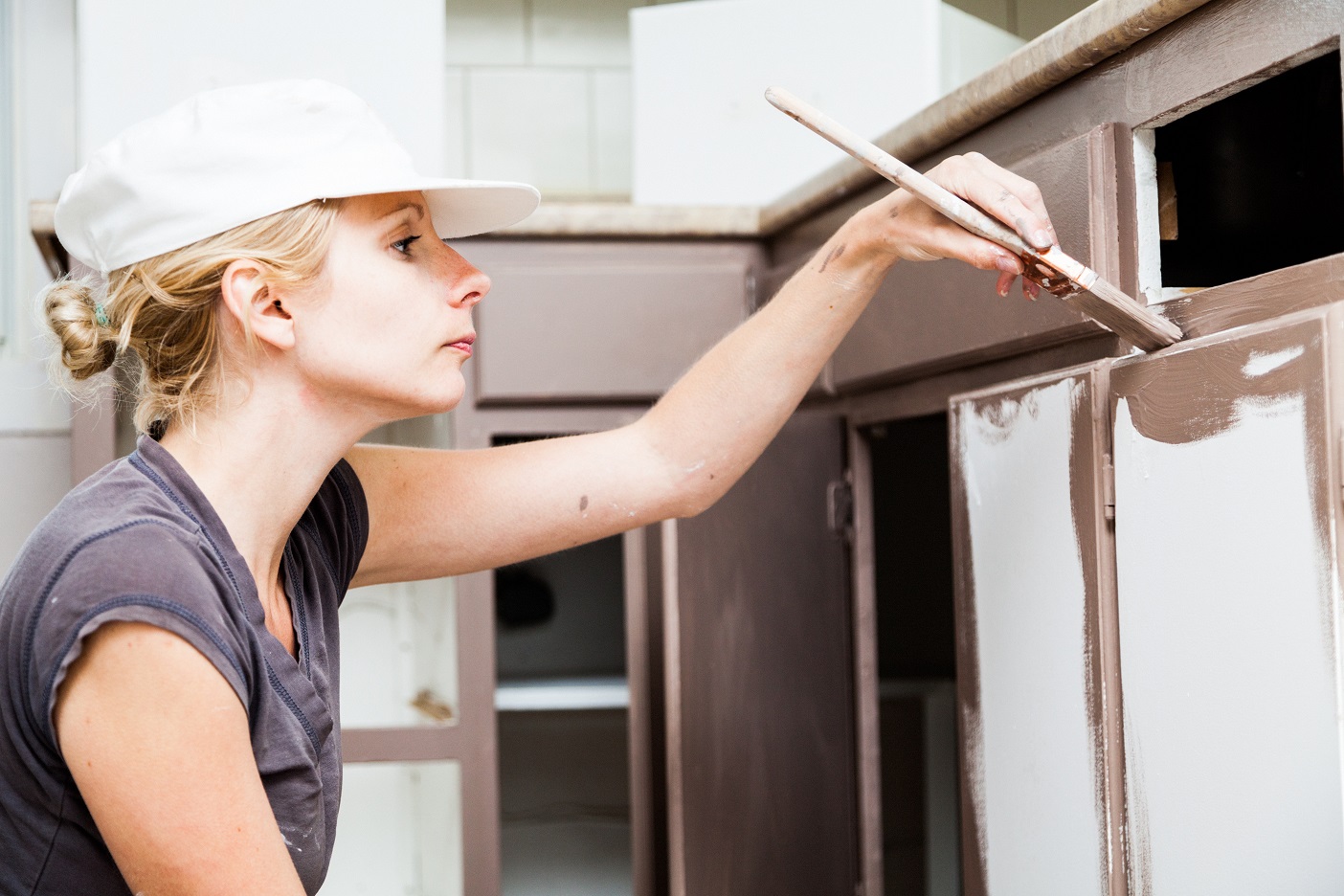With the recent extreme weather warnings, you may have experienced storm damage to exterior paint. Severe weather conditions, especially storms, can significantly impact the integrity of your paint job. Understanding what signs to look for after a storm can help you address potential issues promptly and prevent more extensive damage. By either learning these signs yourself, or working with a professional painting crew like Van Tuinen Painting, you can protect your home more easily against the elements.
Signs of Storm Damage to Exterior Paint
1. Cracking and Peeling
One of the most visible signs of storm damage to exterior paint is cracking or peeling. High winds, hail, and heavy rain can cause the paint to crack or peel away from the surface of your home. Inspect the outside walls closely for any areas where the paint has started to lift or flake off. These areas are vulnerable to water infiltration, which can lead to further damage if not repaired promptly.
2. Discoloration
Storms can cause discoloration of exterior paint. This often appears as dark streaks or patches on the walls. This discoloration is typically caused by dirt, debris, or pollutants carried by wind and rain. In some cases, it may also indicate underlying issues such as mold or mildew growth, especially in areas where moisture has accumulated.
3. Bubbling or Blisters
Excessive moisture from storms can sometimes penetrate the paint film, causing it to bubble or blister. These bubbles can vary in size and often indicate trapped moisture underneath the paint layer. Bubbling paint not only affects the aesthetic appeal of your home but also compromises the paint’s protective function. And, underlying exposed wood that traps in moisture more easily leads to rot or mold.
4. Chalking
Chalking refers to the formation of a powdery residue on the surface of a painted surface. It occurs when the paint deteriorates due to exposure to sunlight, moisture, and other environmental factors exacerbated by storms. If you notice a chalky residue on your hands after touching the exterior walls, it’s a sign that the paint is breaking down and may need to be repainted or repaired.
5. Dents and Dings
Hail and debris can both cause visible dents and dings on the exterior surfaces of your home. Inspect the walls, trim, and other painted surfaces for any indentations or marks caused by them. These impacts can weaken the paint’s protective barrier and may require professional attention to prevent further deterioration.
6. Water Stains
Water stains on exterior walls can indicate that the paint has been compromised and water is penetrating through the surface. Look for dark stains or streaks running down the walls, particularly around windows, doors, and rooflines where water tends to accumulate during storms. Addressing water stains promptly is crucial to prevent structural damage and mold growth.
7. Loose or Missing Paint
Severe storms with strong winds can loosen or completely strip away sections of paint from your home’s exterior. Inspect the walls for areas where paint has become loose or entirely missing. These exposed areas are vulnerable to further damage from weather exposure and should be repaired promptly to maintain the integrity of your home’s exterior.
Consult with Professionals
Regular inspections of your home’s exterior paint after storms are essential. They help you catch damage early and prevent more extensive repairs down the line. If you notice any signs of storm damage to your exterior house paint, consider consulting with a professional painter at Van Tuinen Painting for a thorough assessment and repair plan. Addressing storm damage promptly will not only preserve the beauty of your home but also protect its structural integrity for years to come. Give us a call today!




